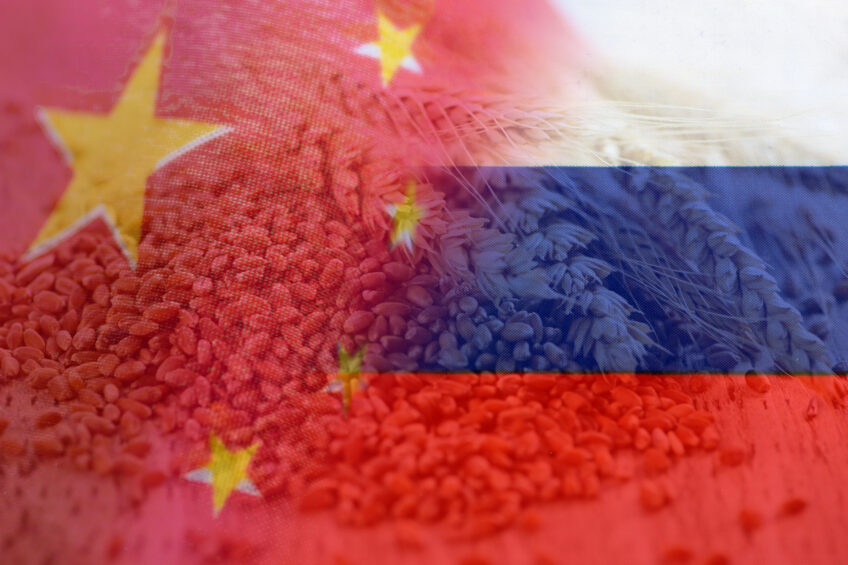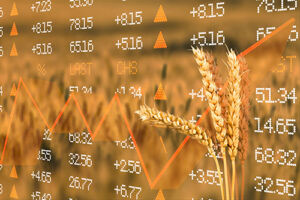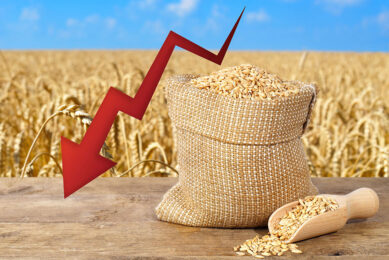Superpowers influence grain prices

The new wheat harvest is just around the corner. In anticipation of this, a decline has occurred. The European market followed Chicago’s lead, wheat fell by 3% last week, Agritel and IGC (International Grains Council) report.
However, there is no pessimism among sellers. Price recovery is possible. The area of wheat on the world market has not increased, preliminary figures show. While major producers, such as China and Russia, may hold onto stocks. They do this to secure the supply of food for their own population.
China: Largest wheat producer

China has become the largest producer of wheat: 140 million tons. India, the EU and Russia follow with 129 million, 113 million and 82 million tonnes respectively, preliminary figures show.
Argentina and the continent of Australia will grow more wheat in the coming season, but there are also countries, such as the Netherlands and Belgium, that are seeing a significant decrease. It appears that the total area on the world market will remain the same in the new 2024-’25 season. But drought, excessive rainfall and protectionist measures by major powers such as China and Russia could lead to shortages and price increases.
On the Paris futures market, milling wheat was trading at €226 per tonne on July 9.











